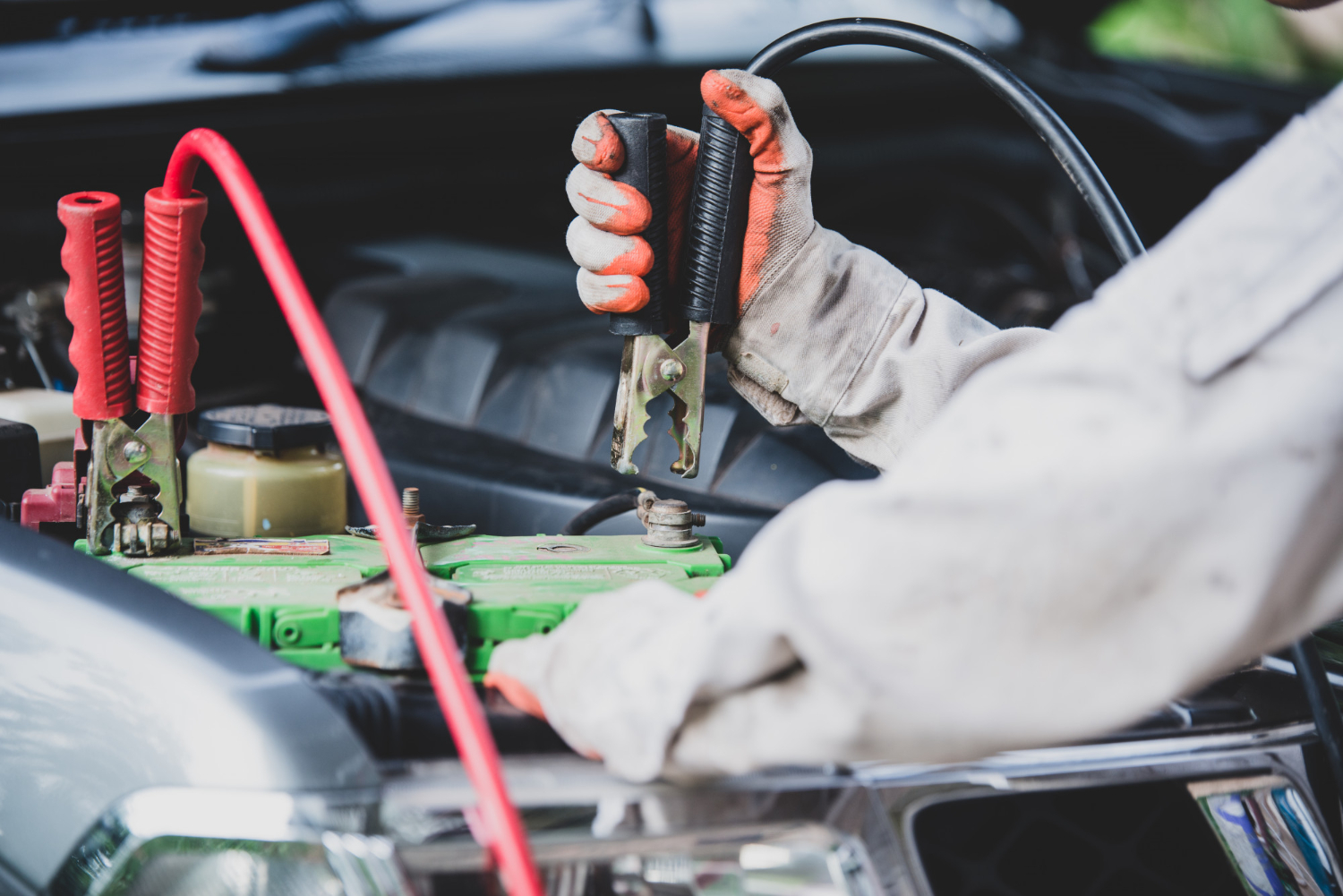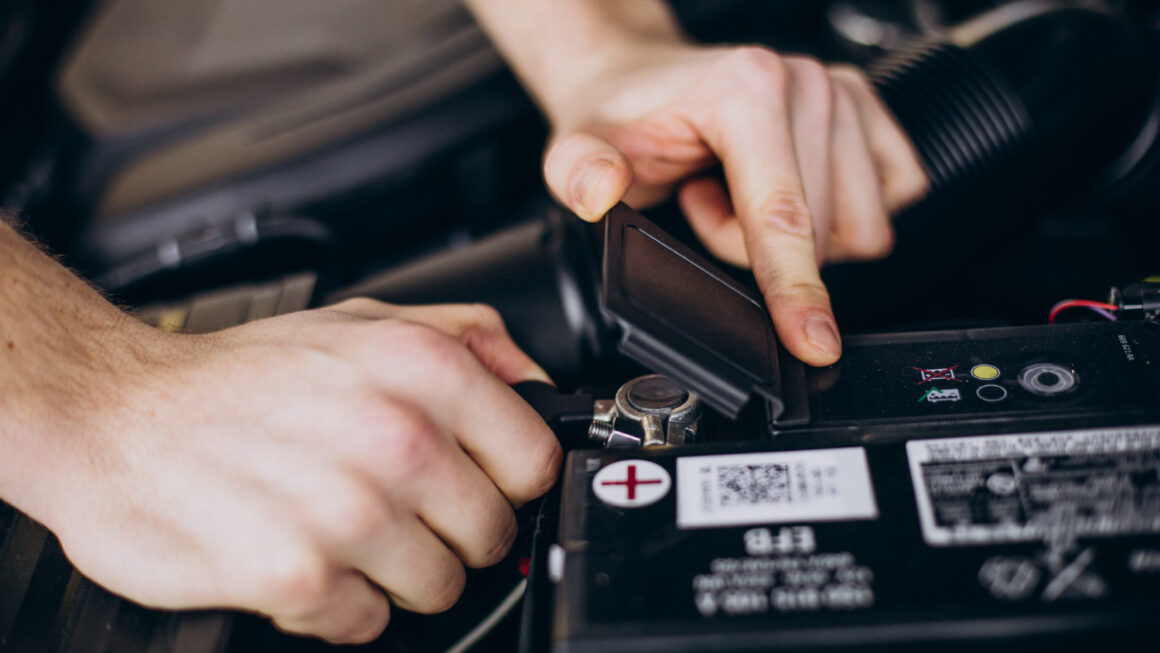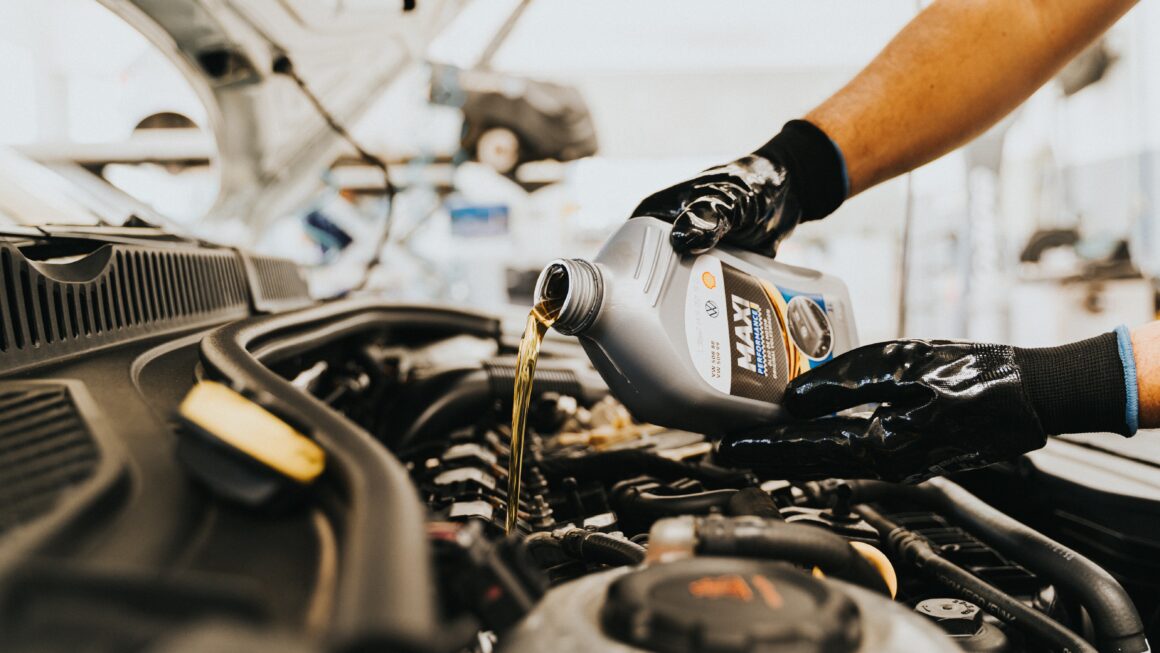Jump-starting a car can be a helpful skill to have, especially if your car’s battery dies unexpectedly. This process involves using another car’s battery to provide a temporary boost of power to your car’s battery so that it can start the engine.
In this article, we will provide you with a step-by-step guide on how to jump-start a car.
Before we begin, please keep in mind that jump-starting a car can be dangerous if not done properly. It’s best to get expert assistance if you are unsure about any of the stages or feel uneasy.
Materials Needed
Before you start, gather the following materials:
- Jumper cables
- A car with a good battery
- Safety goggles (optional but recommended)
Step 1: Prepare the Cars
Both cars should be in a safe location, with the parking brakes engaged, and the engines turned off. The cars should also not touch each other. Next, open the hoods of both cars and locate the batteries. In most cars, the battery is located under the hood on the driver’s side. However, some vehicles have the battery in the trunk or under the rear seat.
Step 2: Connect the Jumper Cables
Before connecting the jumper cables, make sure the red and black cables do not touch each other or any metal surfaces on the car. Doing so can cause sparks and a potential fire hazard.
Here are the steps to connect the cables:
- Take one end of the red cable and attach it to the positive (+) terminal of the dead battery. The positive terminal is usually marked with a “+” sign and may have a red cover.
- Take the other end of the red cable and attach it to the positive (+) terminal of the good battery.
- Take one end of the black cable and attach it to the negative (-) terminal of the good battery.
- Take the other end of the black cable and attach it to an unpainted metal surface on the dead car’s engine block. This can be a bolt or a bracket. Make sure the cable is securely attached and away from any moving parts.
Step 3: Start the Good Car
Now that the cables are connected, start the car with a good battery and let it run for a few minutes. This will allow the good battery to charge the dead battery.
Step 4: Start the Dead Car
After a few minutes, try starting the car with the dead battery. If it doesn’t start, turn off the engine of the good car and check the cable connections. Make sure they are securely attached and not touching any metal surfaces.
If the connections are correct and the dead car still doesn’t start, let the good car run for a few more minutes before trying again.
Step 5: Remove the Jumper Cables
Once the dead car starts, let it run for a few minutes before removing the jumper cables.
Here are the steps to remove the cables:
- Take the black cable off the dead car’s engine block.
- Take the black cable off the good car’s battery.
- Take the red cable off the good car’s battery.
- Take the red cable off the dead car’s battery.
Step 6: Keep the Engine Running
Once the cables are removed, keep the engine of the previously dead car running for at least 20 minutes. This will allow the alternator to fully charge the battery.
Step 7: Check the Battery
Turn off the car and attempt to start it again after the engine has been running for a bit.
If it starts, then the battery is most likely good. However, if it doesn’t start, it may be time to replace the battery.
Tips and Precautions
- Safety first. Wear safety goggles and make sure both cars are in a safe location away from traffic.
- Make sure the cables are not damaged or frayed before using them.
- Turn off all electrical accessories in both cars, such as radios, lights, and air conditioning, to prevent any potential electrical surge.
- Never touch the jumper cables together or touch them to any metal surfaces on either car while the cables are connected.
- Make sure the positive (+) and negative (-) terminals are correctly identified before connecting the jumper cables.
- If the dead car doesn’t start after a few attempts, it may be time to seek professional help or replace the battery.
- If the battery appears swollen or leaking, do not attempt to jump-start the car. Seek professional help immediately.
- If the battery is frozen, do not attempt to jump-start the car. Wait for it to thaw before attempting to use it.
Final Thoughts
Jump-starting a car is a simple process that can save you time and money if your car’s battery dies unexpectedly. By following these steps and taking necessary precautions, you can safely jump-start your car and get back on the road.



